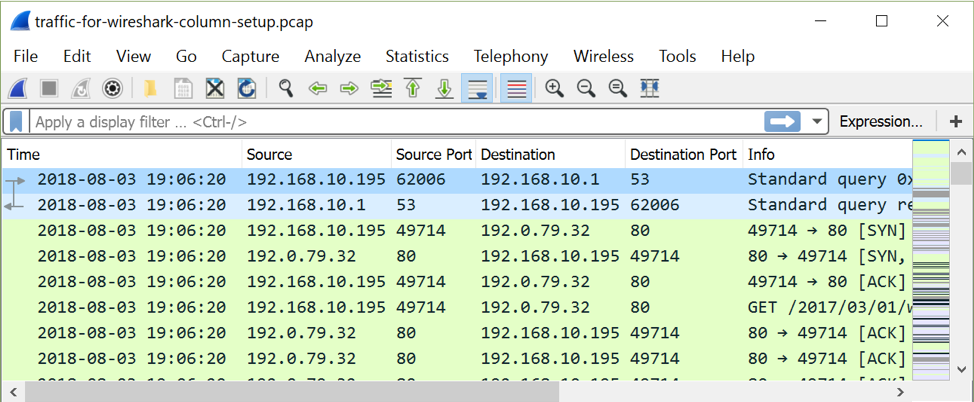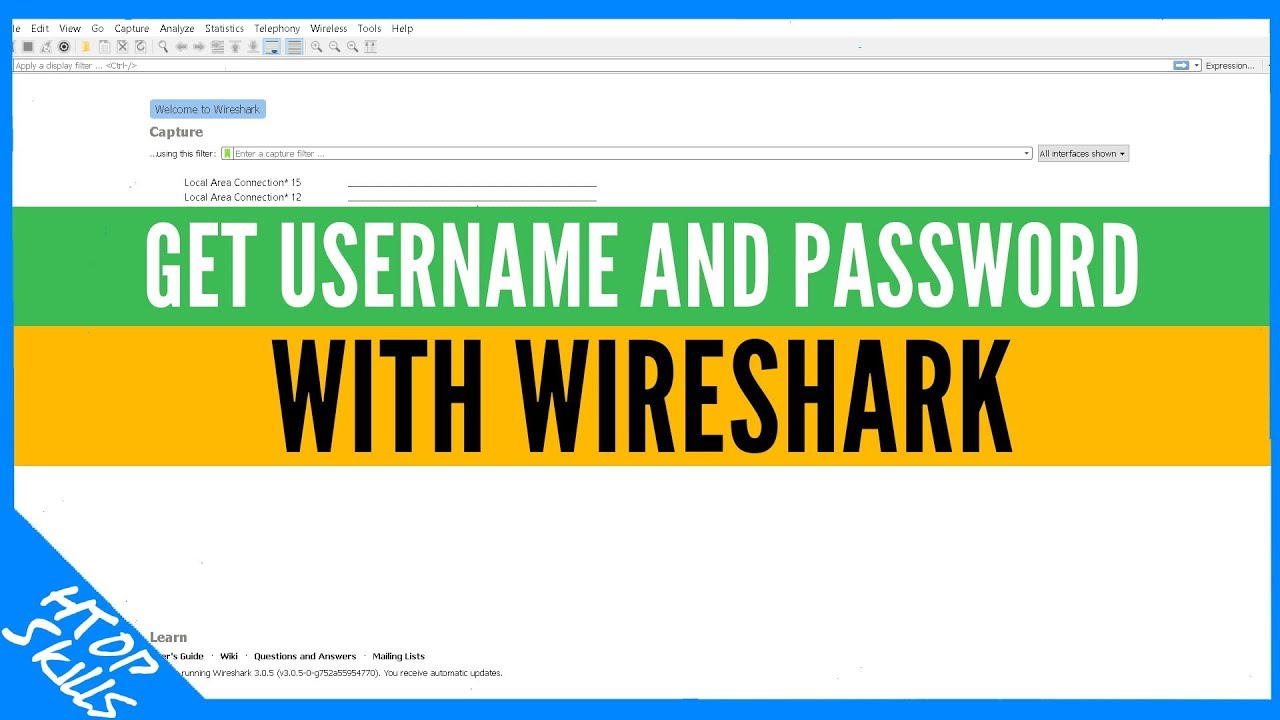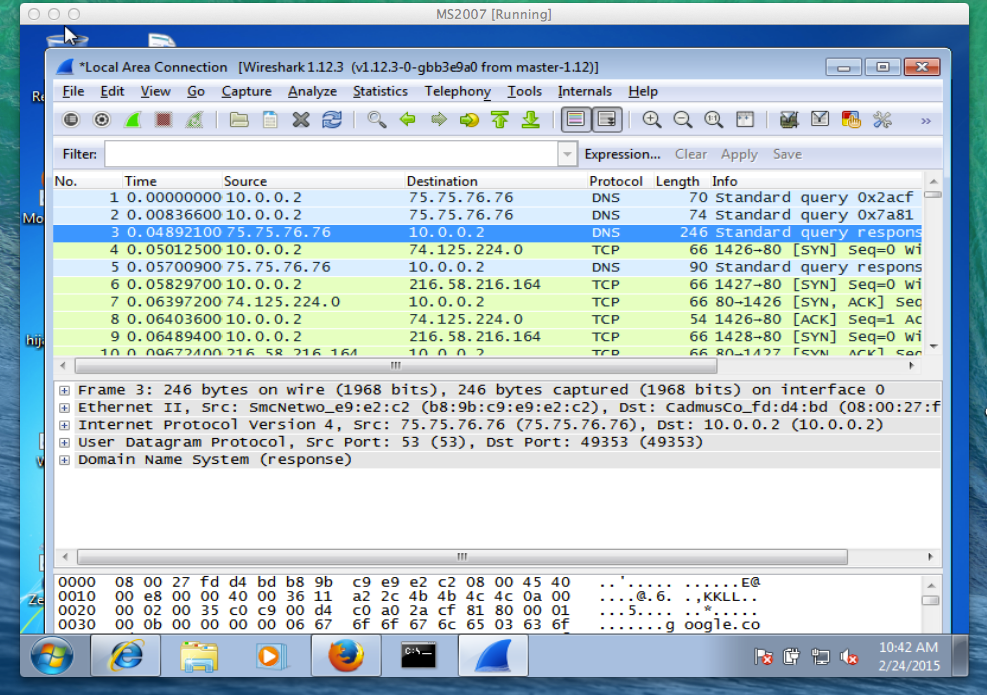
If you want to make this permanent, you will have to go into the configuration of the dissectors. is not a permanent change: this setting is discarded when Wireshark is closed. These values represent the SSL/TLS version: SSL 3.0, TLS 1.0, TLS 1.1, TLS 1.2.


If these bytes are all 03 00, or 03 01, or 03 02, or 03 03, then you are most likely dealing with SSL/TLS traffic. There are a couple of tricks to recognize SSL/TLS traffic: you might see a domain name or strings from the certificate in the first packets, or if you are "brave" enough to look at raw bytes, take a look at the second and third byte of data payload of each TCP packet. To get Wireshark to decode this traffic as SSL/TLS, you right-click a packet and select "Decode As.".Īnd then you configure Wireshark to decode traffic with port 22 as SSL:Īnd now, you get traffic that is properly dissected:Īs SSL/TLS becomes ubiquitous, you can expect to find SSL/TLS traffic on non-standard ports. The traffic in the first capture is actually TLS. If the port is 22, Wireshark will try to decode the traffic as SSH, even it it is not SSH. Wireshark will try to decode protocols based on several criteria, one of them is the port number. So that first capture, is probably not SSH. Here, you get more details for the individual SSH packets.

Wireshark dissects this as SSH traffic, but is it really?


 0 kommentar(er)
0 kommentar(er)
